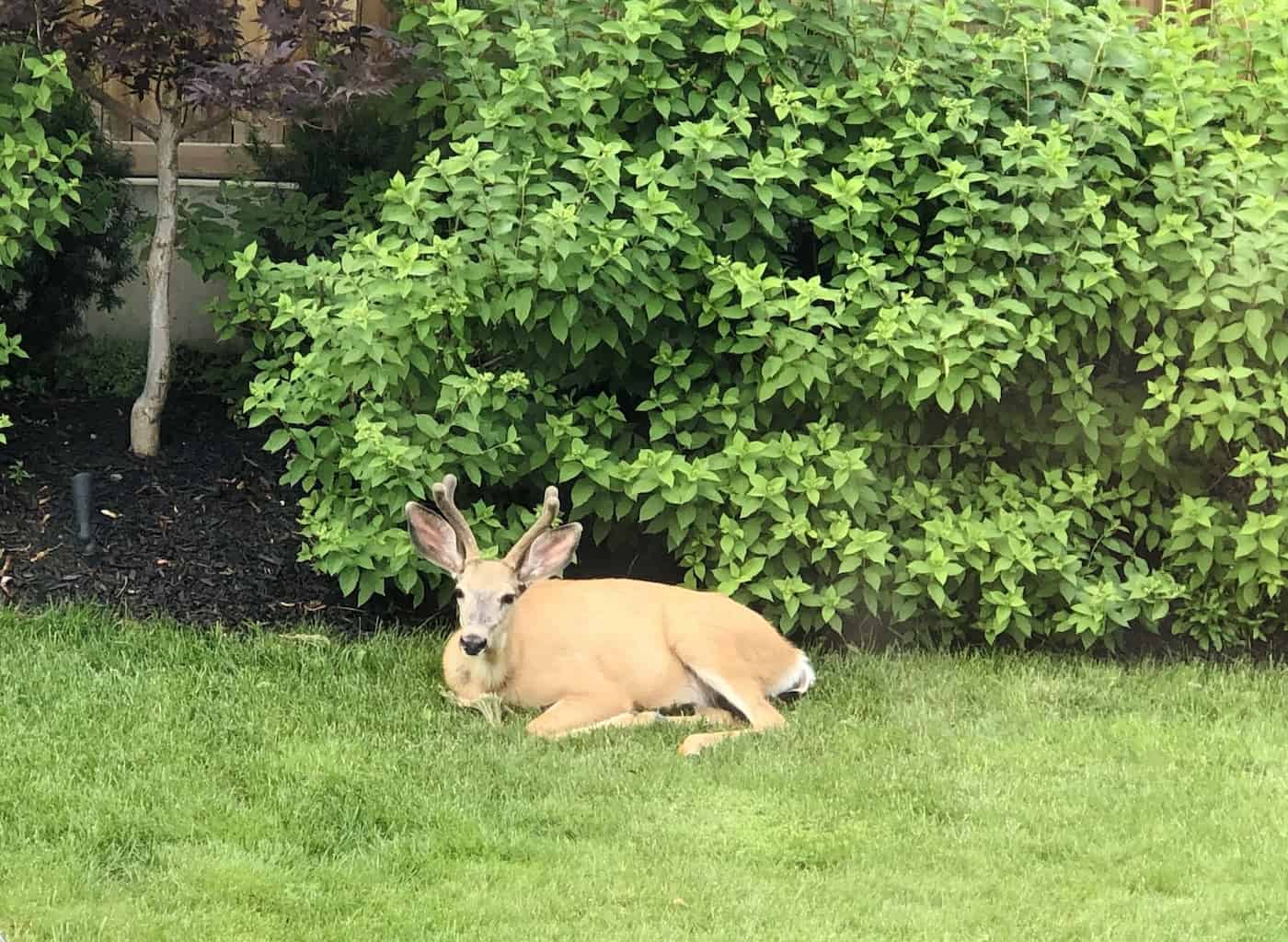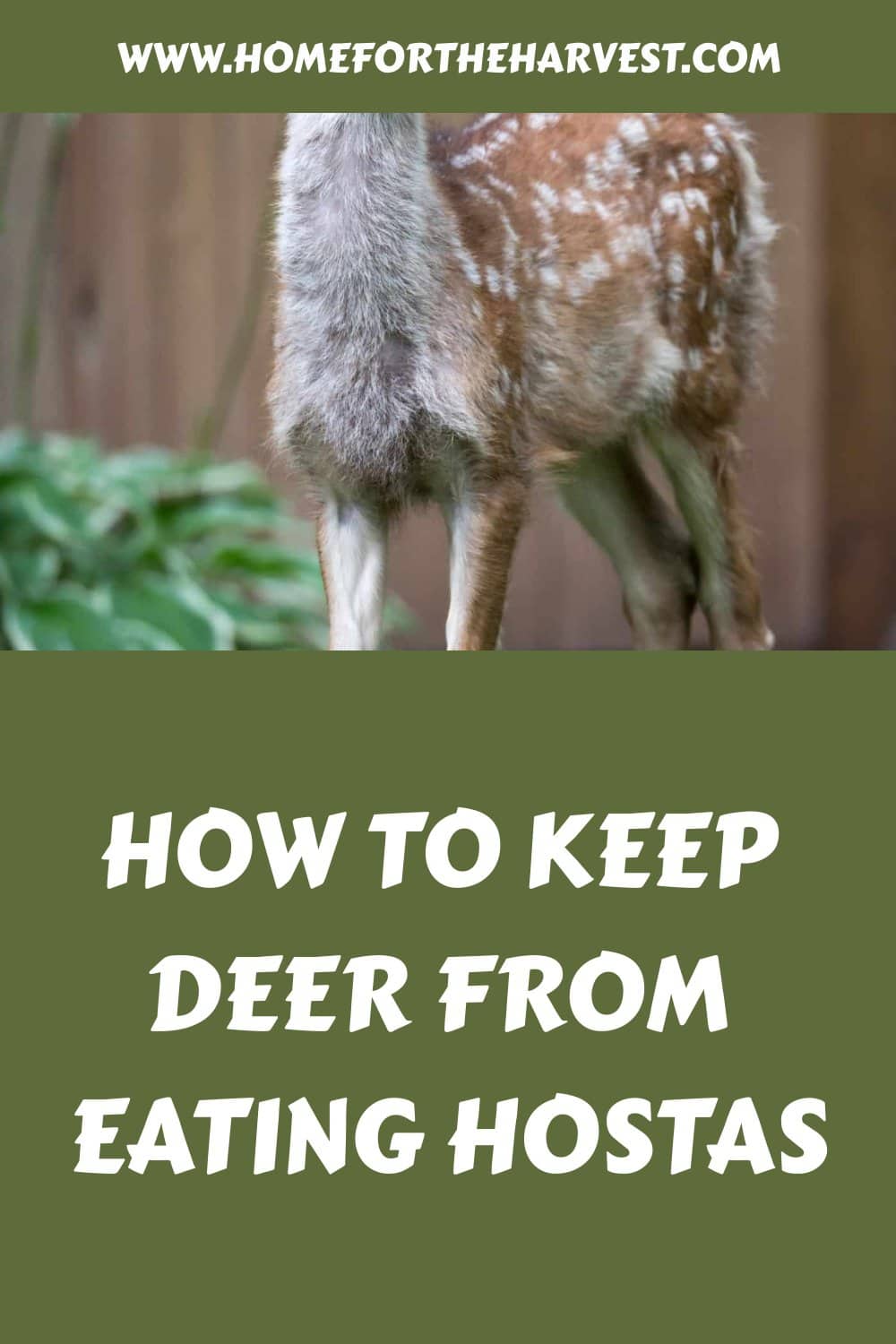Deer are adorable, aren’t they? Not if they’re ruining your beloved hostas.
There are several ways to protect your hostas from wild animals like deer. For starters, you can build a fence around your hostas. However, if you enjoy observing wildlife, you can spray deer repellents on your hostas or use scaring techniques to keep the deer away. There are other effective methods too, and switching deterrent methods up can also be helpful.
How to keep deer from eating hostas
Most gardeners love planting hostas because they look gorgeous and require minimum care. Unfortunately, in areas where hungry wild animals wander at night, deer consider hostas a favorite snack. This can make growing them rather frustrating over the long term. Here are some of the most effective ways to keep your precious plants safe from the local deer population.
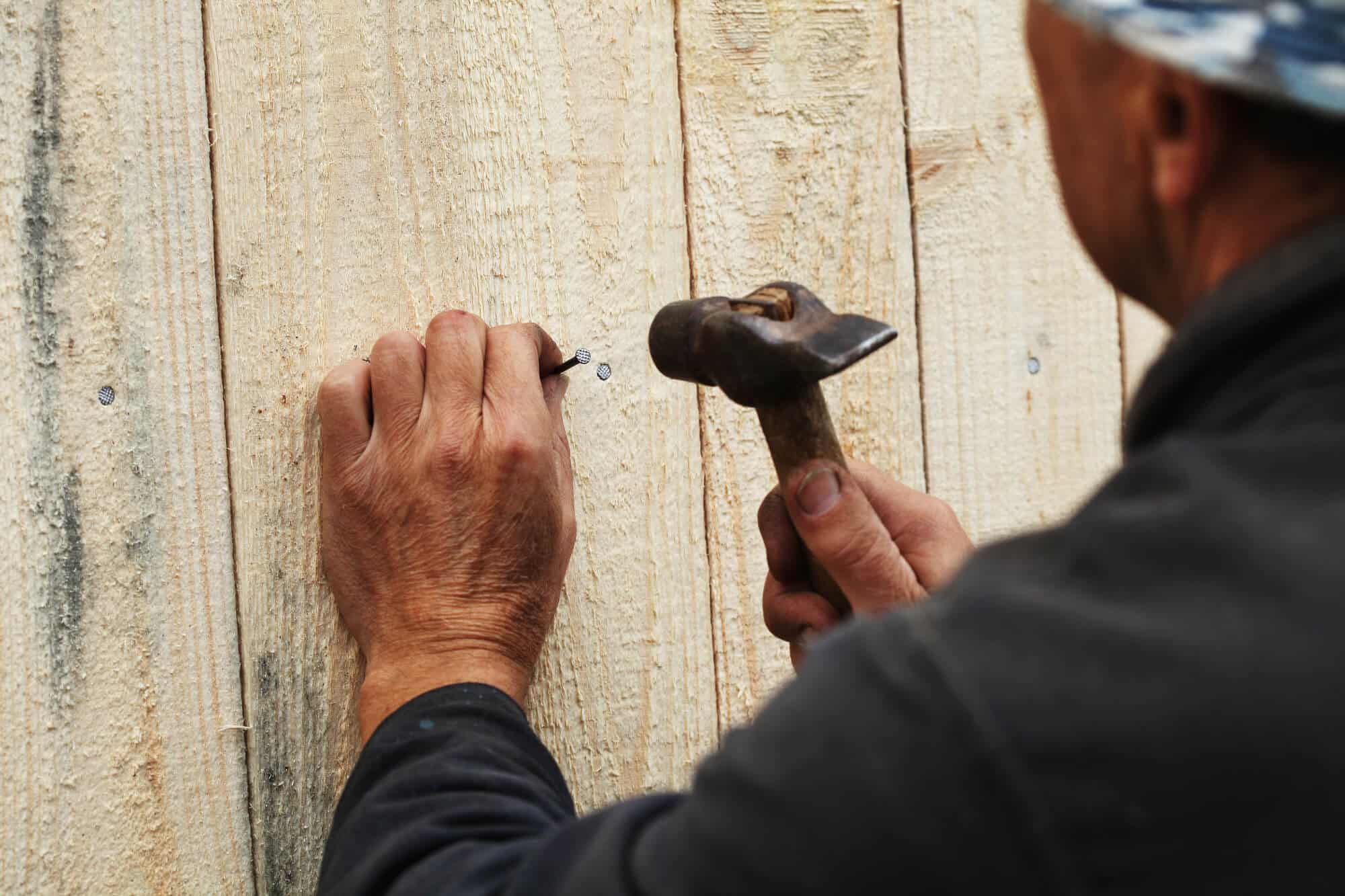
1. Build a high fence
Building a fence is the most effective solution, but it can be a pricey one. For a fence to be able to keep deer out, it has to be at least eight feet high, with gaps no wider than about six inches. This is generally higher than most wooden privacy fences in residential areas.
A solid fence can be even more effective than just a high fence, as the deer can’t see into your garden and don’t like to jump when they can’t see a safe landing spot. But these fences are more like walls and can block your view of the outside scenery. They also might not fit in with the landscape design.
Shorter fences can work to some extent, as they pose a psychological barrier for deer. What’s more, adding an electric wire to the top of the fence will reinforce it, but it is unsafe for use around kids, pets, etc.
Another more affordable alternative for fences is using a fishing line. Wrap your fishing line around a fence post at approximately three feet high. After that, stretch the fishing line to the next fence posts and around your garden. Repeat the process two more times, each one about a foot lower than the other. The fishing line fence is invisible to you yet confusing to deer. So, you’ll still be able to enjoy your garden while keeping wild animals away (at least until they figure out what’s going on).
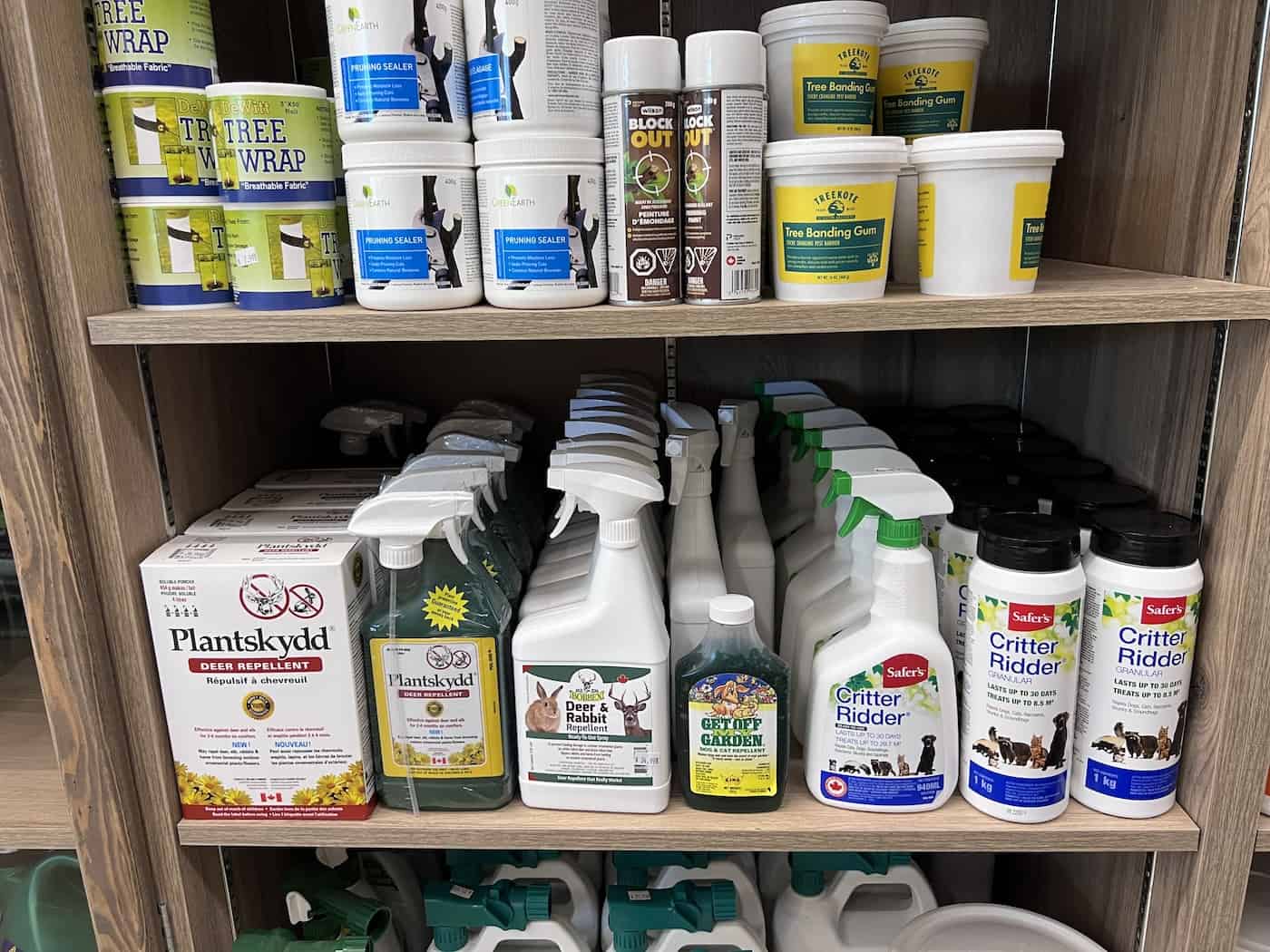
2. Use a repellent
There are different types and brands of deer repellents on the market. Some of them are chemical, and others are electronic. If none of these fit you, there are also DIY options.
Repellent sprays
There are a number of different repellent sprays available for deer, ranging from chemical-based to biological. Most do not affect the health of the plants, and they can be effective until washed away by rain or irrigation.
Here are some of the most common ones:
- Liquid Fence Deer & Rabbit Repellent: Known for its long-lasting and rain-resistant qualities.
- I Must Garden Deer Repellent: This spray uses natural ingredients and is safe for the environment.
- Deer Out Concentrate Deer Repellent: Renowned for its pleasant smell to humans but effective deterrence for deer.
- Bobbex Deer Repellent Concentrated Spray: It’s both a smell and taste deterrent, making it highly effective.
- Doctor Doom Original Deer Repellent: A chemical-based spray in a can.
- Nature’s Mace Deer and Rabbit Repellent: This one focuses on creating an invisible barrier to protect plants.
- Plantskydd Deer Repellent: Truly repugnant spray possibly made of bobcat urine and pig’s blood. But it works.
Each of these sprays has its unique formula, so it’s important to read the instructions carefully for the best results. Remember, it’s also a good idea to rotate between different sprays to prevent deer from becoming accustomed to one particular scent.
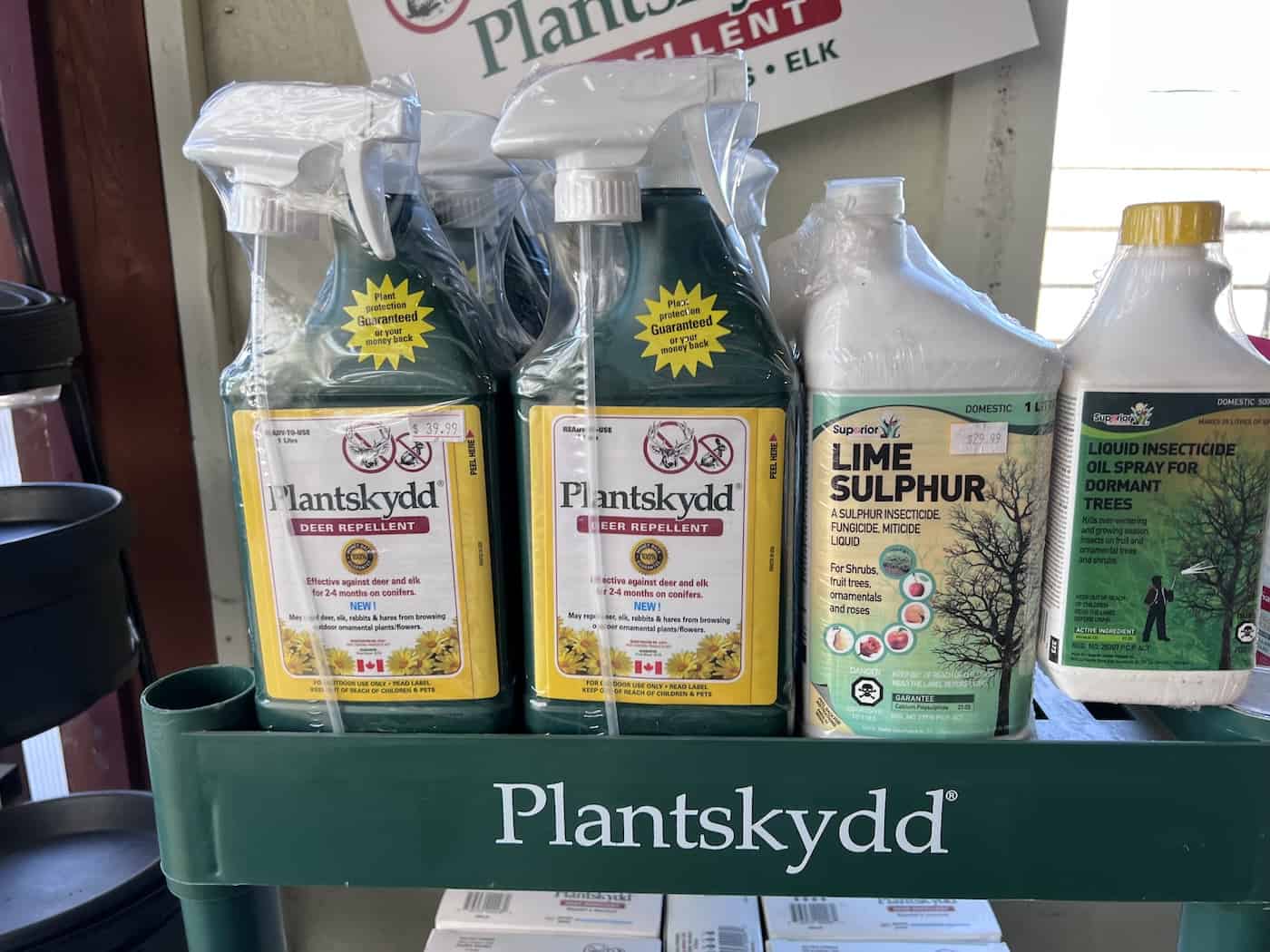
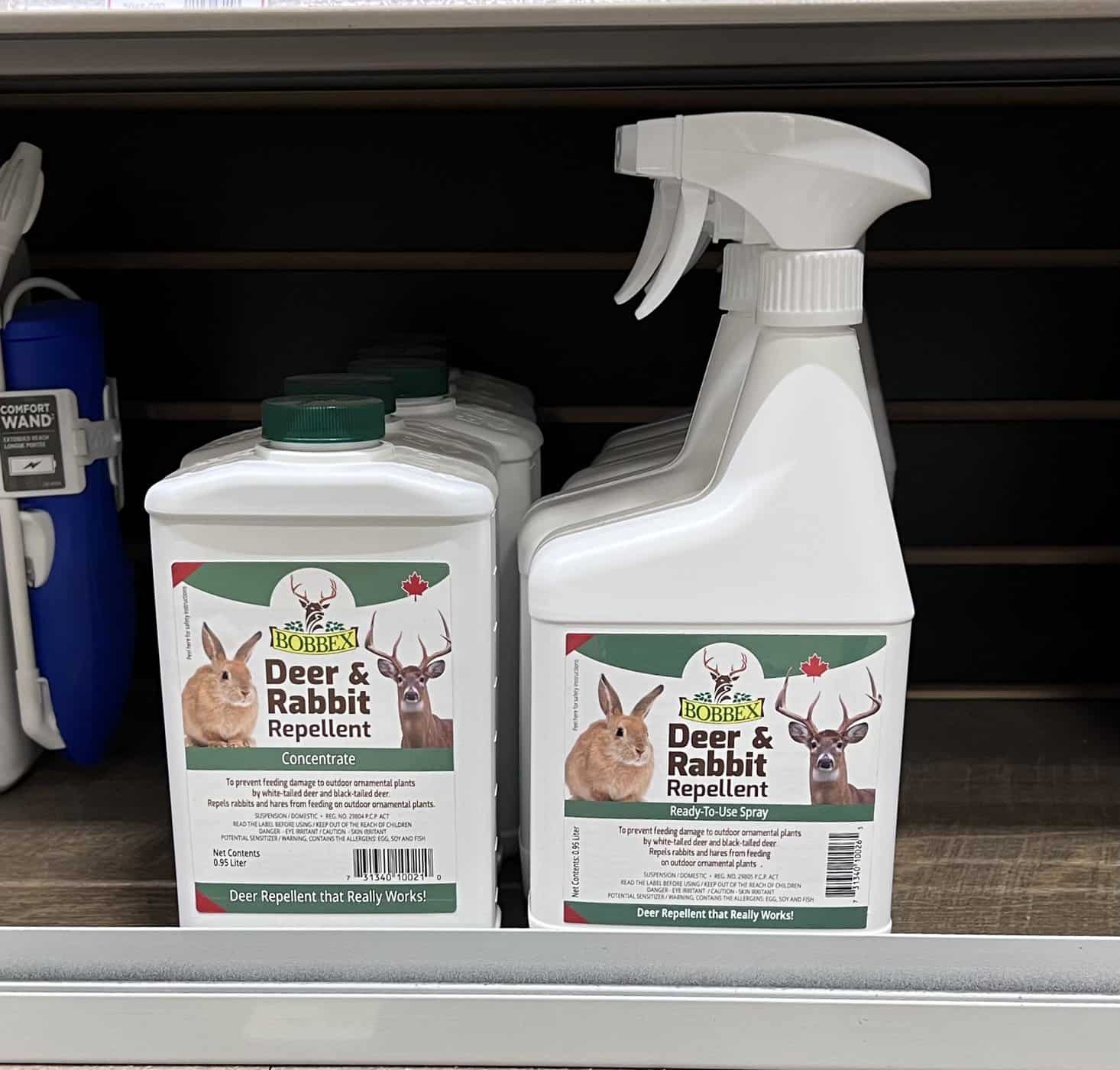
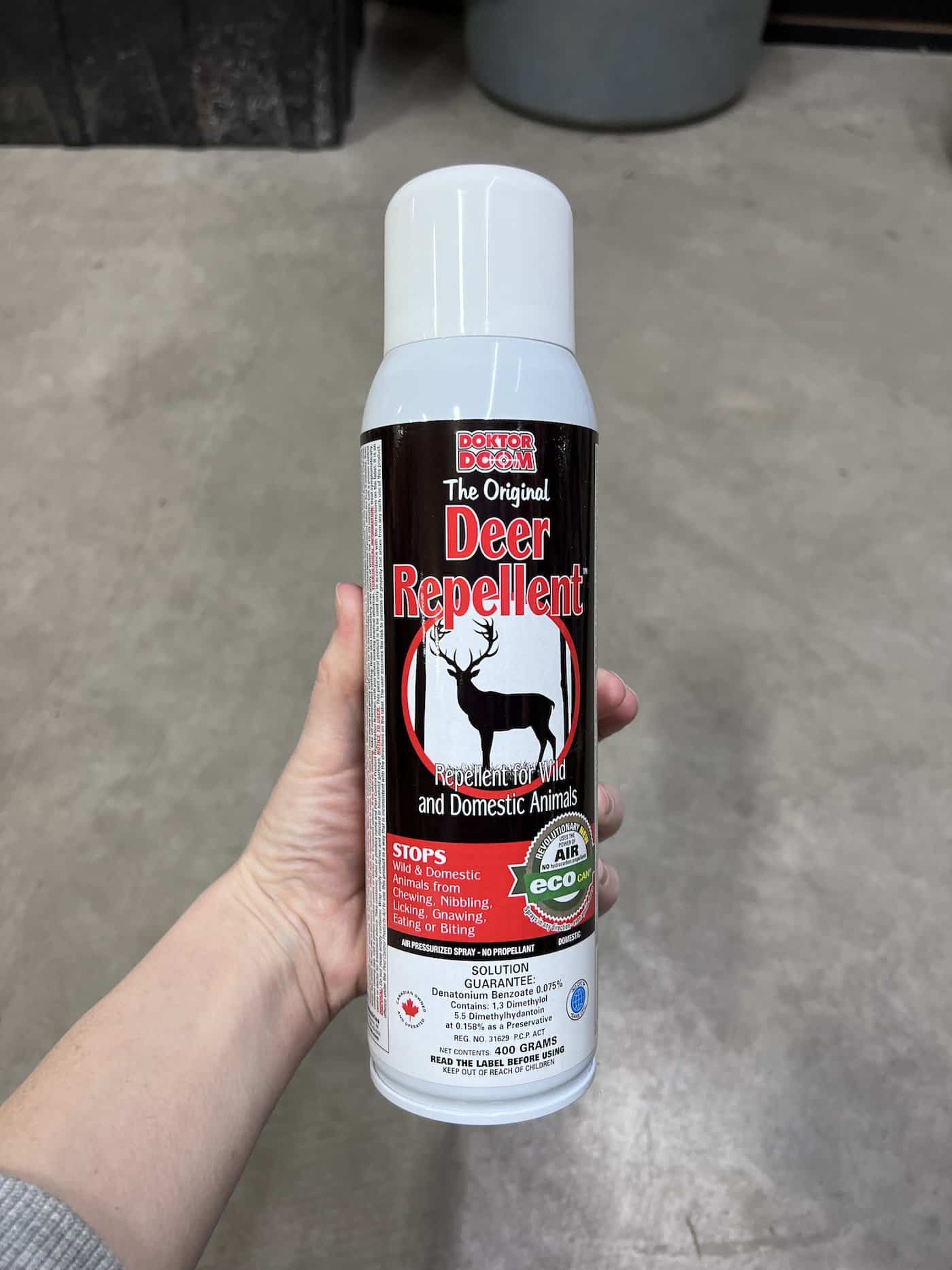
Electronic repellents
Devices like ultrasonic repellers emit noise frequencies that are annoying to deer. Those frequencies are totally harmless as well as inaudible to both humans and pets. Ultrasonic repellers also have motion sensors and are pretty affordable. Other options like motion-activated flood lights or water sprinklers work great, too in scaring off deer.
DIY repellents
If you’re the DIY type, these homemade solutions are perfect for you. Some scents or tastes are abominable to deer. Basically, any strong odor that deer aren’t familiar with can help repel them.
You’ll need to reapply those kinds of repellents every two weeks or whenever it rains. Most importantly, try to alternate between them, as deer get familiar with strange smells over time.
General repellant scents
Try to wrap any of the following items in a small mesh bag and hang it around your hostas.
- Strong fragranced soap
- Unwashed human hair
- Aromatic herbs like thyme, rosemary, mint, or lavender
- Scented dryer sheets
- Garlic
General repelling tastes
Additionally, you can spray or sprinkle any of the following around your hostas:
- Cayenne pepper
- Any strong spice, such as cinnamon or oregano
- Talcum powder
- Bitter apple spray
- A mixture of eggs and water
- Milorganite, which is a high-nitrogen sewage fertilizer known for repelling deer
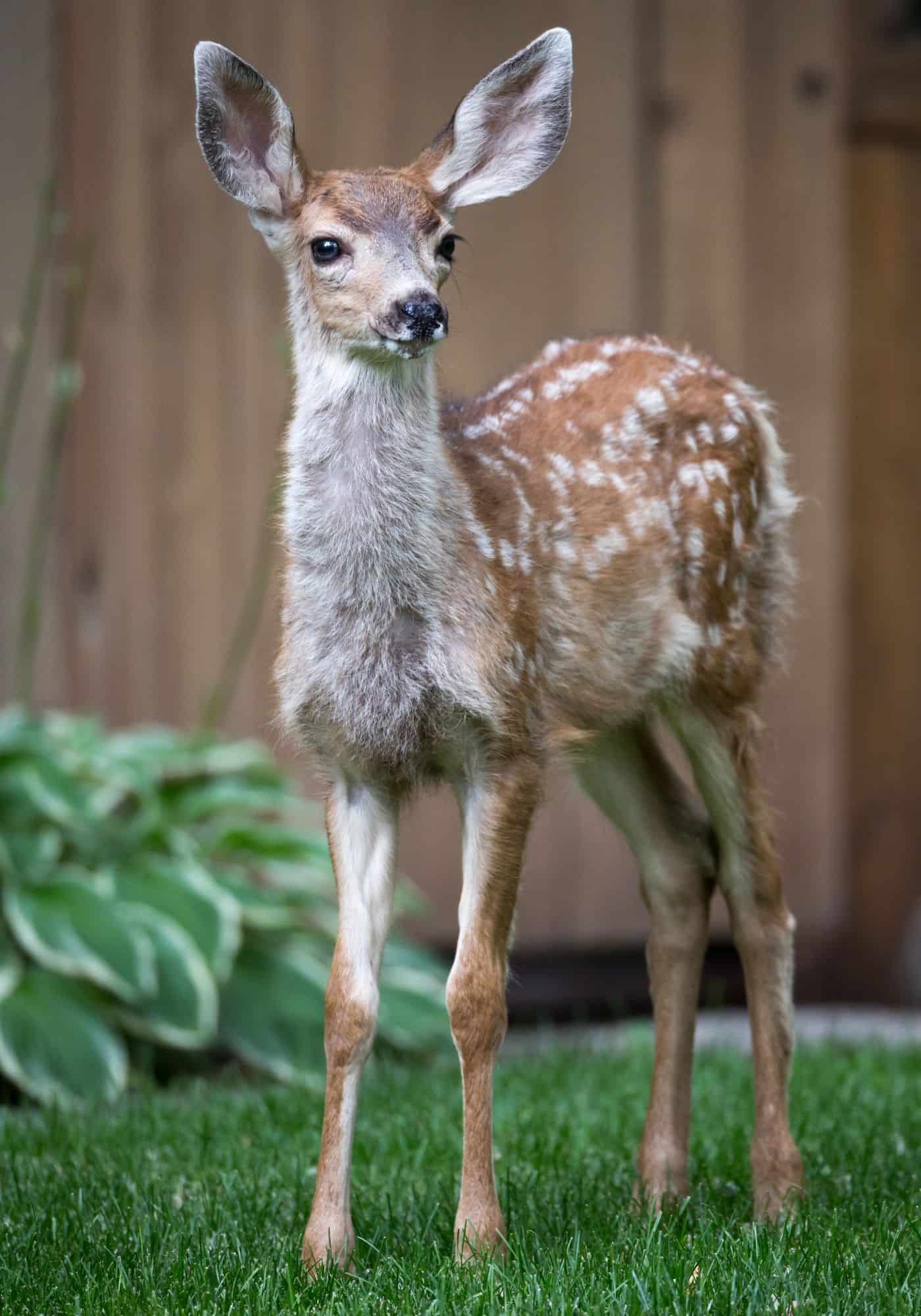
3. Use scaring techniques
Aside from the motion-activated lights and water sprinklers, there are other techniques you can use to scare off deer. Hanging any shiny object around your hostas will sparkle while moving and frighten most deer. You can try hanging aluminum foil plates, foil ribbons, or CDs.
Wind chimes can also be scary for deer until they become accustomed to them. Placing decoy animals around your garden is another great approach for scaring deer (although they will eventually get used to them).
4. Add netting
Covering your hostas with garden nets or floating row covers at night can keep deer away. It’s one of the low-cost ways to protect your dear hostas. Still, it’ll require some manual labor from your side to place nets at night and remove them in the morning. Just make sure to secure the edges if wind is in the forecast.
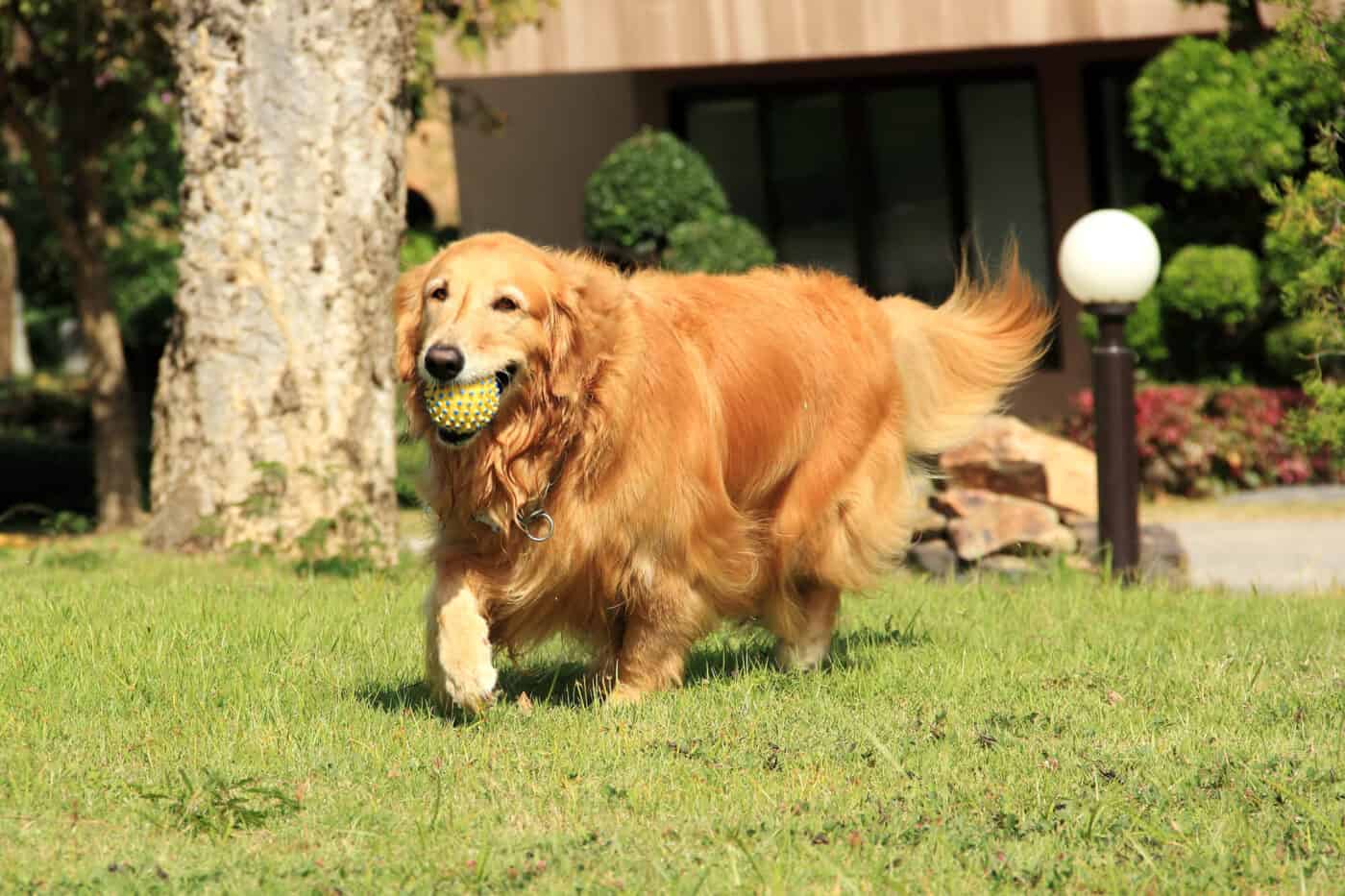
5. Get a dog
Having a pet dog works like a charm, as deer are jumpy animals. A few barks will keep them away for quite some time. In addition to barking, dogs deposit scents and mark their territory. Most deer consider those scents a predator threat and will go eat someone else’s hostas instead.


